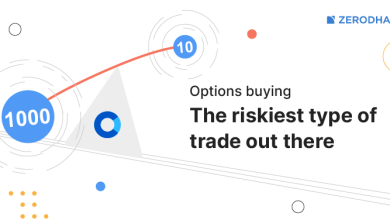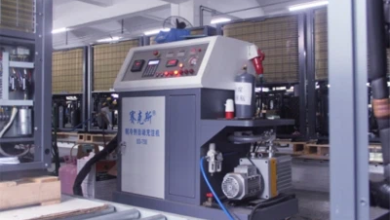
Introduction
An integral part of all trading is follow-through. As you will recall, followthrough is the third part of the STF method discussed in the first four lessons. For all too many traders, this is the weak link in the chain inasmuch as they are unable to manage risk. But managing risk, in the form of a stop-loss, is only part of the success formula. Traders must also know how to maximize profits. In the absence of a profit-maximizing strategy, you will not make money.
In the absence of a profit-maximizing strategy, your fate will be like that of most traders—you will make your broker rich, and you may have fun trading. but in the long run, you will not make money—in fact, you will lose money. This lesson shows you my recommended profit-maximizing strategy for seasonal trading. The same approach, with some variations, is used in the other methods you learn in this course.
Risk management using a stop-loss
The most common form of risk management is stop-loss. There is much to be said for the use of stop-losses. They are, however, often used incorrectly and more often misunderstood. Most traders are misguided in their 41 JWPR004-05 JWPR004-Bernstein February 9, 2007, Char Count= 0 42 30 DAYS TO MARKET MASTERY use of stops. Here are the common fallacies associated with stops: If you use a small stop-loss with every trade your losses will be small.
The good news about this belief is that your individual losses will be small. The bad news is that you will lose almost every time because your stop-losses are too small to allow the market room to make their normal random fluctuations. A stop-loss should be based on how much you can afford to risk on a trade. This is utter nonsense. The markets “don’t give a hoot” about what you can afford to risk. Stops should be a function of the system or method you are using! A stop-loss alone is not the key to profits. A stop-loss is only part of the procedure.
Many traders like to use trailing stop-losses. A trailing stop-loss is used to protect profits as a trade moves in the right direction. The problem with trailing stops is that they are often too close to the market. This results in trades being stopped before the big profits are made
E. Types of stop-loss
As noted in previous lessons, every trade has a stop-loss. The stop-loss is an initial stop. In other words, the stop will change as part of the follow-through JWPR004-05 JWPR004-Bernstein February 9, 2007, Char Count= 0 Follow-Through 43 technique. All stops for the seasonal trades are shown at the top of the historical trade listing. The stops are close only.
Once a seasonal trade has achieved its average profit per trade, as shown on the seasonal historical listing, the stop is moved to a break-even stop. On the exit date for the trade, it is closed out at the end of the day using a market-on-close (MOC) order if it has not already been stopped out at the break-even stop. Aggressive traders will want to stay in winning trades beyond the exit date as discussed later in this lesson
Last word
I believe that traders should employ three types of follow-through on trades. How they do this depends on how aggressive or conservative they want to be in their trading. Generally, these methods apply to all of the methods you will learn in this course. The following sections outline the three types of follow-through, step by step, for the seasonal trades.
The fury of nature can be seen in the formation and power of tornadoes. These violent storms can cause immense destruction, but with proper preparation, it is possible to survive the storm. Tornadoes form when warm, moist air meets cold, dry air, creating a powerful rotating vortex. The power of a tornado is measured on the Enhanced Fujita Scale, which ranges from EF0 to EF5, with EF5 tornadoes being the most devastating. Surviving a tornado involves seeking shelter in a sturdy building or underground, away from windows and exterior walls. It is crucial to have a preparedness plan and to stay informed about severe weather warnings. By understanding the formation and power of tornadoes, individuals can take the necessary steps to stay safe when these storms strike.





